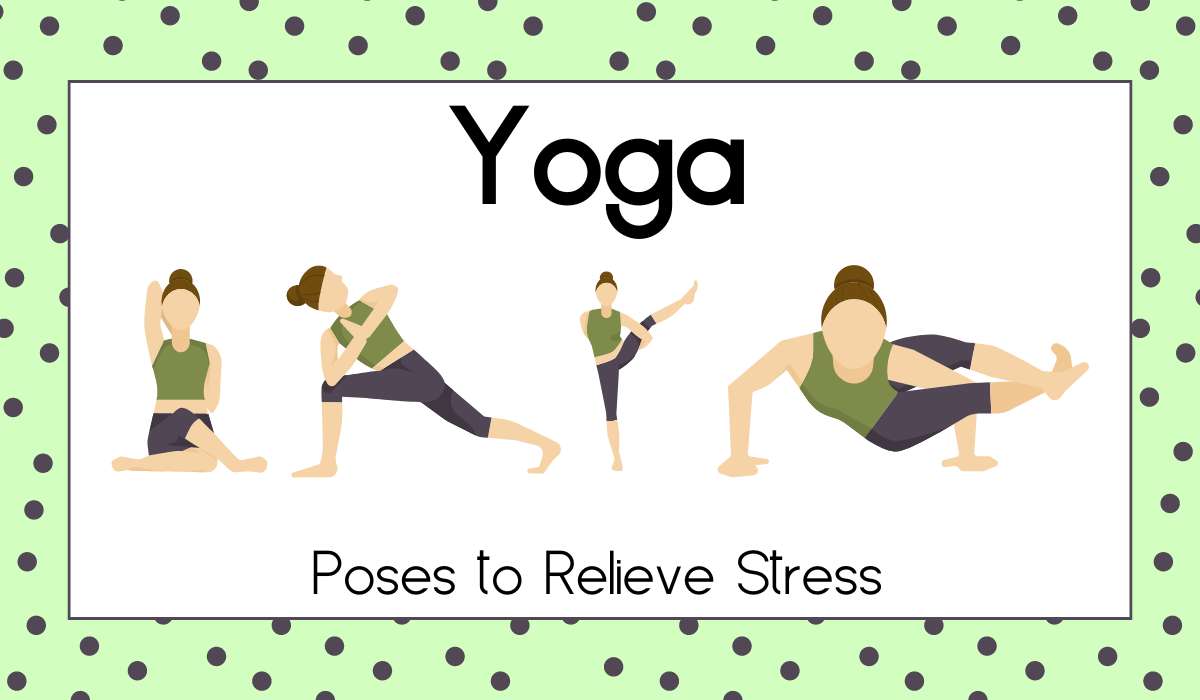Yoga Poses to Relieve Stress and anxiety can take a toll on our mental and physical well-being, but practicing yoga can provide a sense of calm and inner peace. Here are 5 calming yoga poses that can help relieve stress and promote relaxation.
Mountain Pose
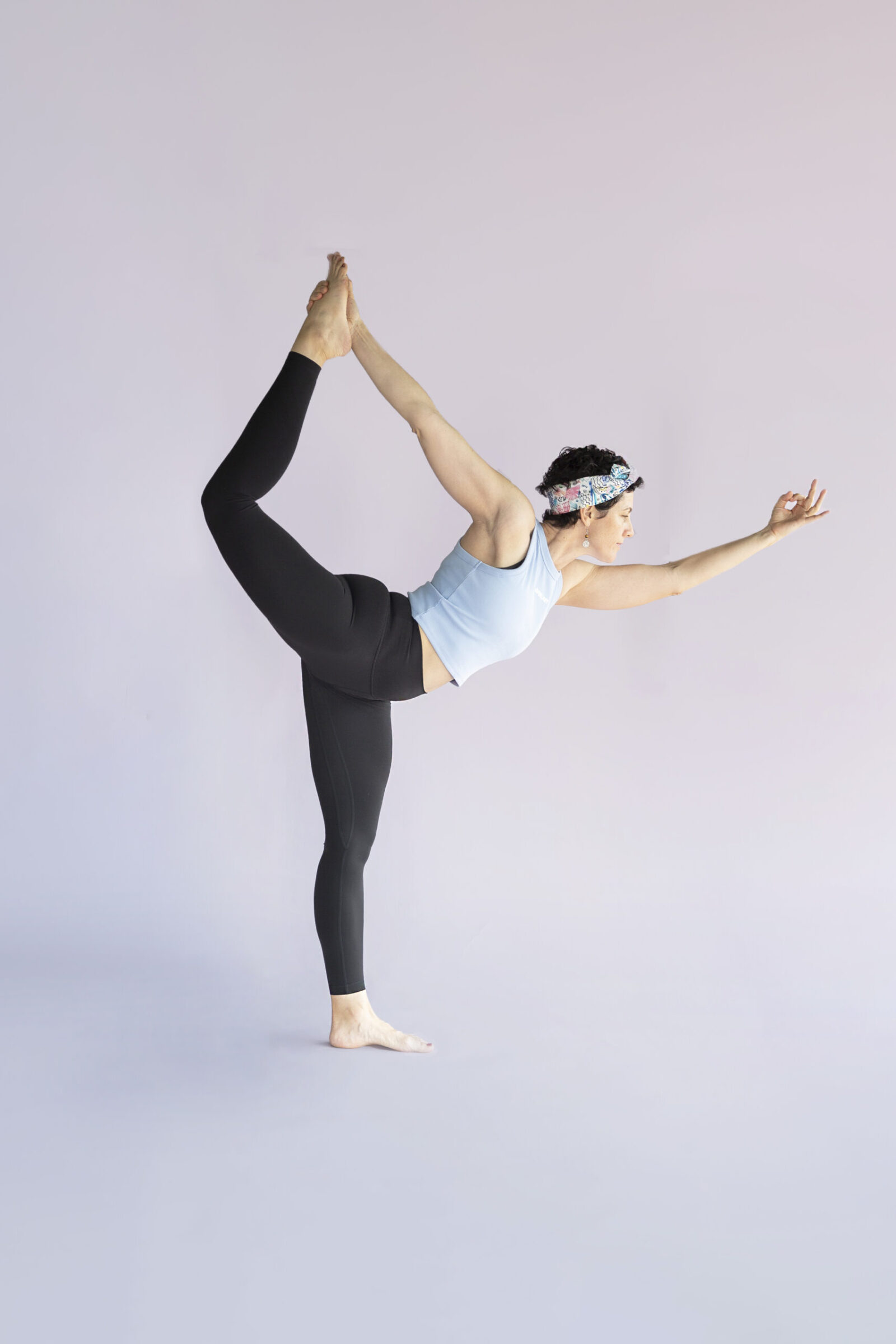
Mountain Pose, also known as Tadasana, is a foundational yoga pose that promotes stability and balance. It helps to improve posture and increase body awareness. To practice Mountain Pose, stand tall with your feet hip-width apart, grounding down through all four corners of your feet. Engage the muscles in your legs, lengthen your spine, and relax your shoulders. Take deep breaths and focus on finding a sense of grounding and stillness in this pose.
Benefits of Mountain Pose
Mountain Pose, also known as Tadasana, offers a range of benefits. It improves posture, strengthens the legs and core muscles, and increases body awareness. Regular practice can help alleviate stress and anxiety while promoting a sense of grounding and stability. Mountain Pose also enhances concentration and focus, making it an excellent pose for finding inner peace and balance in both body and mind.
How to do Mountain Pose
To do Mountain Pose, follow these steps:
- Stand tall with your feet hip-width apart and arms by your sides.
- Ground your feet into the floor, pressing evenly through all four corners of each foot.
- Engage your leg muscles and lift your kneecaps.
- Lengthen your spine, imagining a string pulling you up from the crown of your head.
- Roll your shoulders back and down, opening your chest.
- Relax your facial muscles and gaze forward.
- Take slow, deep breaths and hold the pose for several breaths or as long as desired.
Remember to maintain proper alignment and listen to your body during the pose.
Child’s Pose

To do Child’s Pose, follow these steps:
- Start on your hands and knees, with your knees hip-width apart and your toes touching.
- Sit back on your heels and lower your torso between your thighs.
- Extend your arms forward or alongside your body, resting them on the floor.
- Relax your forehead onto the mat and allow your entire body to melt into the pose.
- Take slow, deep breaths and hold the pose for several breaths or as long as desired.
Remember to listen to your body and adjust the pose as needed.
Benefits of Child’s Pose
Child’s Pose offers numerous benefits, such as promoting relaxation and reducing stress. It gently stretches the hips, thighs, and ankles while relieving tension in the back and shoulders. This pose also helps to calm the mind, improve focus, and stimulate digestion. By practicing Child’s Pose regularly, individuals can experience a sense of inner peace, increased flexibility, and improved overall well-being.
How to do Child’s Pose
To perform Child’s Pose, start by kneeling on the floor with your toes together and knees slightly apart. Sit back on your heels and slowly lower your torso down between your thighs. Extend your arms forward and rest your forehead on the mat. Breathe deeply and hold this pose for a few minutes, allowing your body to relax and release tension. To come out of the pose, gently lift your torso and sit back up.
Cat-Cow Pose

To perform Cat-Cow Pose, start on your hands and knees with your wrists directly under your shoulders and your knees under your hips. As you inhale, arch your back and lift your head, letting your belly drop towards the mat (Cow Pose). Exhale and round your spine, tucking your chin towards your chest (Cat Pose). Repeat this flow for several breaths, moving with the rhythm of your breath. This pose helps to improve spinal flexibility and release tension in the back.
Benefits of Cat-Cow Pose
Cat-Cow Pose offers several benefits. It helps improve spinal flexibility and release tension in the back. This pose also stretches and strengthens the muscles of the spine, abdomen, and chest. It increases mobility in the neck and shoulders and stimulates digestion. Additionally, Cat-Cow Pose can help relieve stress, calm the mind, and improve overall posture. Practicing this pose regularly can contribute to a sense of inner peace and well-being.
How to do Cat-Cow Pose

To do Cat-Cow Pose, start on your hands and knees, with your wrists directly under your shoulders and your knees under your hips. Inhale as you drop your belly towards the mat, lifting your chest and tailbone towards the ceiling (Cow Pose). Exhale as you round your spine, tucking in your chin and drawing your belly button towards your spine (Cat Pose). Repeat this flow, syncing your breath with the movement, for several rounds.
Forward Fold Pose
To do Forward Fold Pose, stand tall with your feet hip-width apart. Exhale as you hinge at the hips, folding forward and letting your head and neck relax. Allow your hands to rest on the floor or grab onto your elbows. Take a few deep breaths in this position, feeling the stretch in your hamstrings and lower back. To come out of the pose, engage your core muscles and slowly roll up, stacking one vertebra on top of the other.
Benefits of Forward Fold Pose
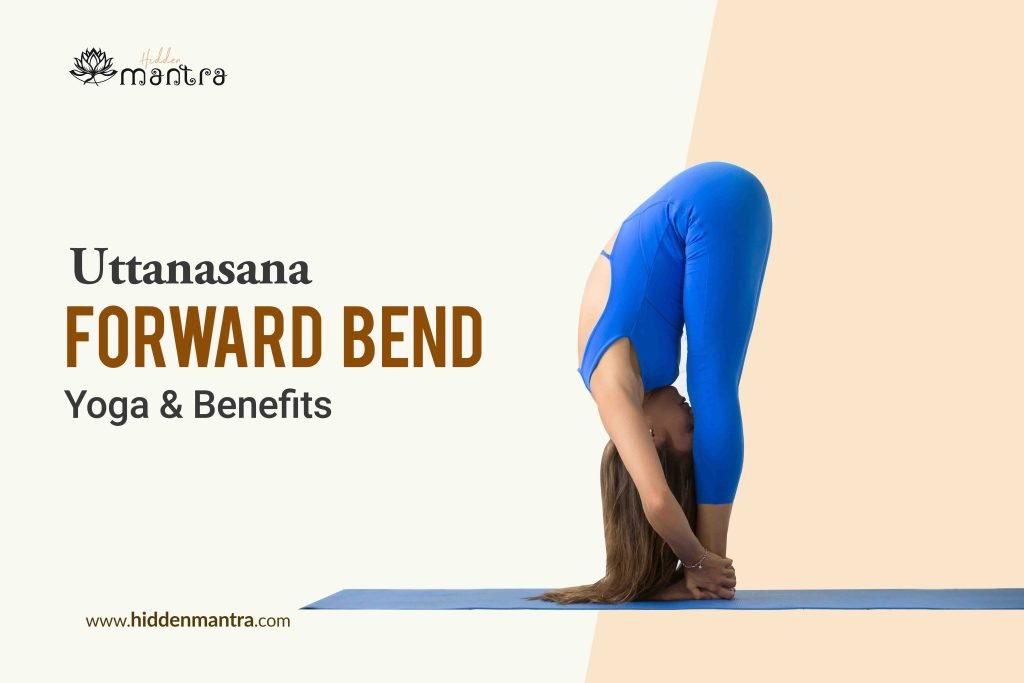
The Forward Fold Pose, also known as Uttanasana, offers numerous benefits for the body and mind. It helps to stretch and lengthen the hamstrings, calves, and lower back muscles, relieving tension and tightness. This pose also promotes relaxation, calms the mind, and reduces stress and anxiety. Regular practice of the Forward Fold Pose can improve flexibility, increase blood circulation, and stimulate digestion. It is a great pose to include in your yoga routine for overall well-being and inner peace.
How to do Forward Fold Pose
To perform the Forward Fold Pose, begin by standing with your feet hip-width apart. Exhale as you slowly bend forward from the hips, keeping your spine straight. Allow your upper body to hang down towards the floor, reaching for your toes or placing your hands on the ground. Keep a slight bend in your knees if needed. Hold this pose for several breaths, allowing your body to relax and release tension. To come out of the pose, engage your core and slowly roll up to a standing position.
Warrior II Pose

To perform Warrior II Pose, start in a standing position with your feet wide apart. Turn your right foot out 90 degrees and your left foot slightly in. Bend your right knee, keeping it aligned with your ankle. Extend your arms out to the sides, parallel to the floor. Gaze over your right fingertips. Hold this pose for several breaths, then repeat on the other side. This pose strengthens the legs, stretches the hips and groin, and improves balance.
Benefits of Warrior II Pose
Warrior II Pose, also known as Virabhadrasana II, offers a multitude of benefits. It strengthens the legs and core muscles, improves balance and stability, and increases flexibility in the hips and groin. This pose also helps to open the chest and shoulders, enhancing posture and breathing. Warrior II Pose is particularly beneficial for runners, as it can help build endurance and stamina. Practice this pose regularly to experience its calming effects on the mind and body.
How to do Warrior II Pose
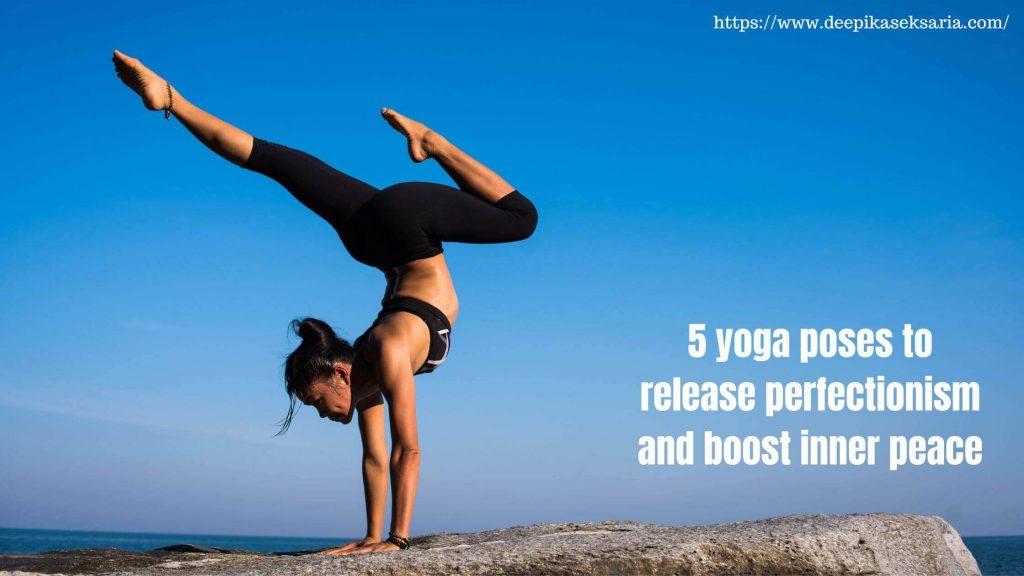
To do Warrior II Pose, start by standing with your feet about 3-4 feet apart. Turn your right foot out 90 degrees and your left foot slightly inwards. Extend your arms parallel to the floor, with your palms facing down. Bend your right knee, making sure it aligns with your ankle. Keep your gaze over your right fingertips. Hold this pose for several breaths, then repeat on the other side. Remember to engage your core and keep your shoulders relaxed throughout the pose.
Corpse Pose
To do Corpse Pose, lie flat on your back with your legs extended and arms relaxed by your sides. Close your eyes and focus on deepening your breath. Allow your body to completely relax and release any tension. Stay in this pose for several minutes, letting go of any thoughts or worries. Corpse Pose is a great way to release stress and promote relaxation in both the mind and body.
Benefits of Corpse Pose
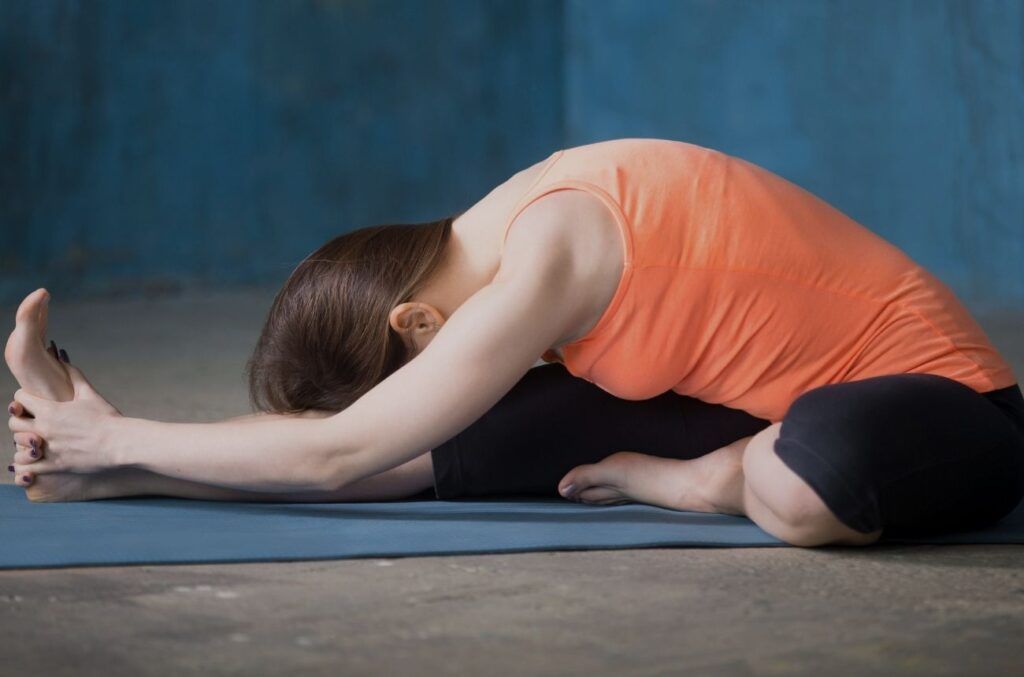
Corpse Pose, also known as Savasana, is a deeply relaxing and rejuvenating yoga pose. It helps to reduce stress, anxiety, and fatigue by promoting a state of deep relaxation in the body and mind. This pose allows the nervous system to calm down, lowers blood pressure, and improves sleep quality. Corpse Pose also helps to release tension in the muscles, improves focus and concentration, and brings a sense of peace and tranquility. It is a wonderful way to end a yoga practice or to take a break during a busy day.
How to do Corpse Pose
To practice Corpse Pose (Savasana), begin by lying flat on your back on a yoga mat or comfortable surface. Allow your legs to relax and come into a natural position, with your feet falling open to the sides. Rest your arms alongside your body, palms facing up. Close your eyes and focus on deep, slow breaths, allowing your body to sink into the floor. Stay in this pose for 5-10 minutes, or as long as you like, enjoying the deep relaxation and rejuvenation it brings.
Conclusion of Yoga Poses to Relieve Stress
:max_bytes(150000):strip_icc()/RS_YogaStressExercises_Tout_2-91057621720c49f585c6042e253dfc20.jpg)
In conclusion, practicing these calming yoga poses can greatly help in relieving stress and finding inner peace. Each pose offers unique benefits for the mind and body, promoting relaxation and rejuvenation. By incorporating these poses into your regular yoga practice, you can experience increased mindfulness, reduced anxiety, and improved overall well-being. Remember to always listen to your body and modify the poses as needed. Take the time to connect with yourself and enjoy the healing effects of these yoga poses.
For More Blogs visit Aerns

